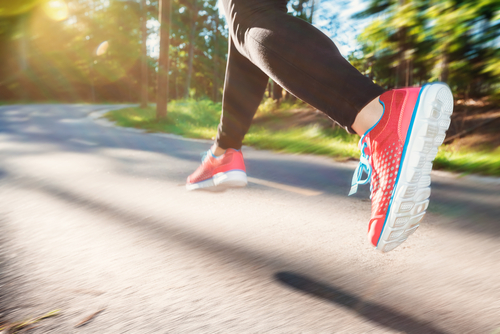
Burning Calories
The caloric expenditure of the different activities is one of the most important indicators of the effectiveness of the exercises. Their estimation when done with adequate accuracy. Provides important information for dietary adequacy, weight loss programs. It also quantifies the intensity of exercise. In occupational medicine, the measurement of caloric expenditure facilitates the adequacy of the workday. As well as the number of breaks, and the characterization of the tolerance degree of the worker. Estimating the caloric expenditure of the race has already become a habit of the runners, and the more modern treadmills show in the panel the approximate caloric expenditure for different speeds.
Oxygen Consumption
The physiological principle of this calculation are reference standards of the measurement of the oxygen consumption of the race. The consumption of oxygen directly reflects the production of energy, that is, the caloric expenditure. When we consume 1 liter of oxygen to "burn" our energy substrates (mainly fat and carbohydrate) we produce about 5 Calories.
When we run we multiply our resting oxygen consumption which is called MET. This consumption is constant and equals 3.5 ml of oxygen per pound of body weight per minute. There is a very adequate estimate to consider that for each Km / h of running speed we spend 1 MET. So when we run at 10 km / h speed the oxygen consumption is 10 times rest, ie 10 MET.
For simplicity we can use a rule of thumb that calculates how many calories per minute we are spending while running, introducing 2 variables: race speed and body weight. With a calculator, make the following calculation:
CALORIC EXPENDITURE IN CALORIES / MIN = SPEED (KM / H) X WEIGHT (Kg) x 0.0175
To give an example, an individual of 78 kg running at a speed of 8 km / h will be spending: 8 x 78 x 0.0175 = 10.92 Calories per minute. A 1-hour run at this speed will therefore have spent 10.92 x 60 min = 637.2 Calories. It is important to note that this calculation is valid for running in the plane. Any slope or slope in the course changes this value.
For those who usually travel a certain distance in each workout, the calculation of the time allows the estimated average speed developed and thus calculate the caloric expenditure according to the formula above.

